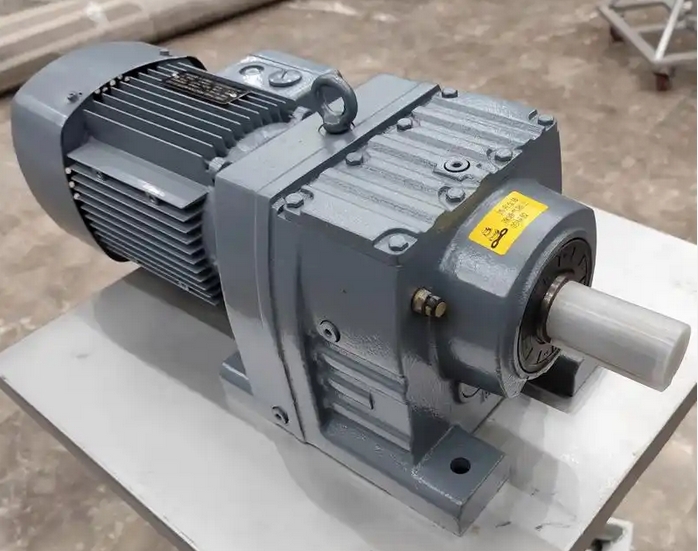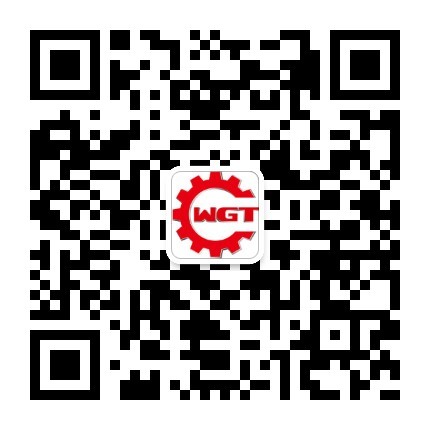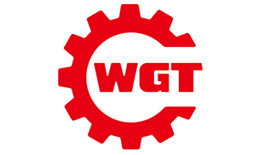Developing a reasonable maintenance plan for the GR109-Y3-4P-11.59 gear reducer involves several factors.
R109 may refer to a specific device, vehicle, or machinery. Here are some common factors to consider when developing a reasonable R109 maintenance plan:Equipment manual and manufacturer's recommendations: Refer to the R109 equipment manual, which usually provides detailed information on maintenance cycles, items, oil specifications used, component replacement requirements, etc. This is an important basis for developing maintenance plans.

Usage frequency and operating conditions: If R109 is used frequently or operated in harsh conditions such as high temperature, high humidity, high dust, and high vibration, the maintenance frequency may need to be increased accordingly, and the replacement cycle of some vulnerable components may also be shortened.
Running time and mileage: Determine maintenance items based on the equipment's running time or mileage. For example, after reaching a certain operating hours or mileage, it is necessary to replace the oil and filter, and check the wear of brake pads, tires, etc.
Historical fault records: Review the past fault records of R109, analyze which components are prone to problems, and strengthen inspection and maintenance of these components to prevent faults in advance.
Safety critical components: For critical components that affect the safe operation of equipment, such as brake systems, steering systems, electrical systems, etc., strict maintenance plans should be developed to ensure that they are always in good working condition.
The lifespan of vulnerable components: Understand the expected lifespan of each vulnerable component in R109, arrange replacement time based on its wear pattern and service life, and avoid faults or safety accidents caused by excessive component wear.
Maintenance resources and costs: Consider the human, material, and financial resources required for maintenance. Including the skill level of maintenance personnel, the provision of maintenance tools and equipment, and the cost of maintenance materials. Reasonably arrange maintenance projects and cycles, and minimize maintenance costs while ensuring the normal operation of equipment.
Production plan and downtime: The maintenance plan should be coordinated with the production plan as much as possible, avoiding large-scale maintenance work during peak or critical production periods, and reducing the impact of equipment downtime maintenance on production. You can choose to perform maintenance during production breaks, weekends, or holidays to improve equipment utilization.
Regulatory and standard requirements: Follow relevant industry regulations, safety standards, and environmental requirements to ensure that maintenance work complies with regulations and enables equipment to operate legally and compliantly.
Environmental factors: Consider the environmental conditions in which the equipment is located, such as climate, geographical environment, etc. For example, in cold regions, special measures need to be taken to keep equipment warm during winter, such as checking antifreeze and heating devices; In coastal areas, attention should be paid to the anti-corrosion maintenance of equipment.

